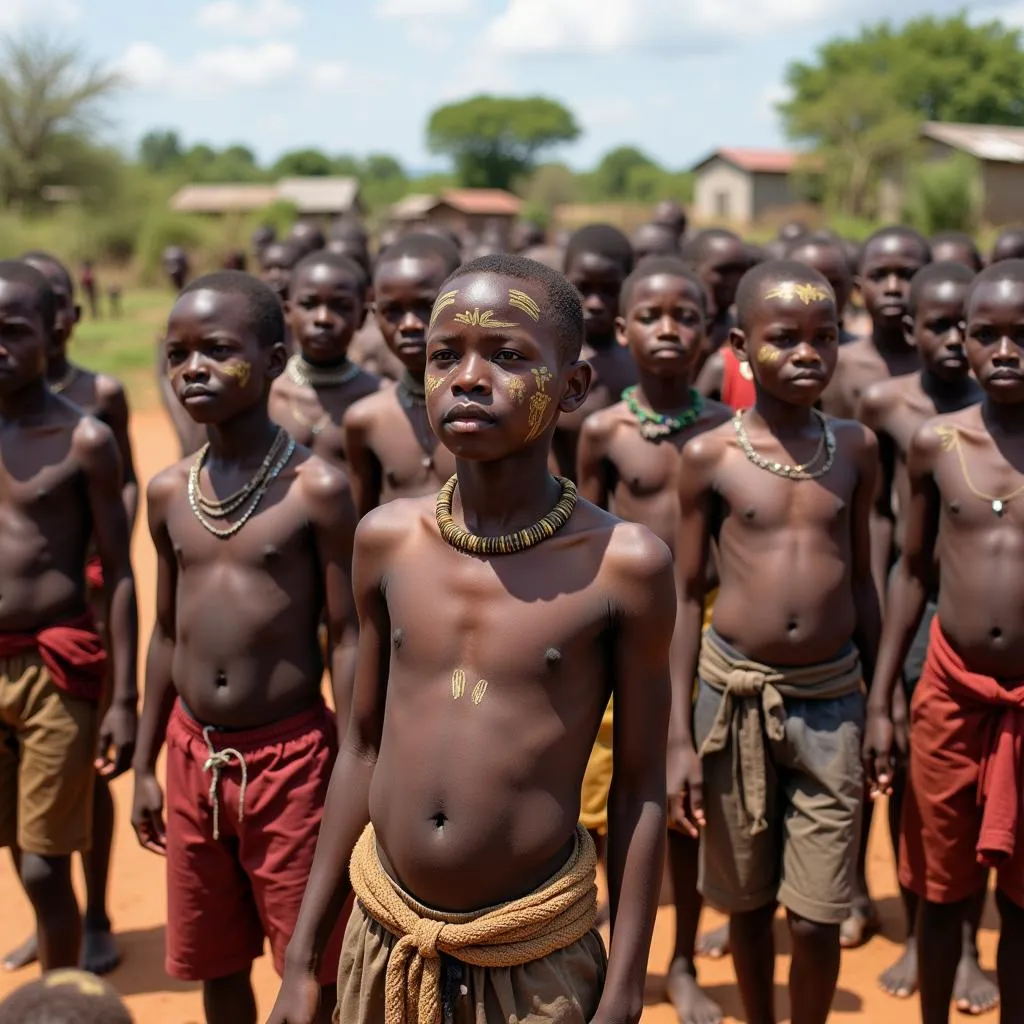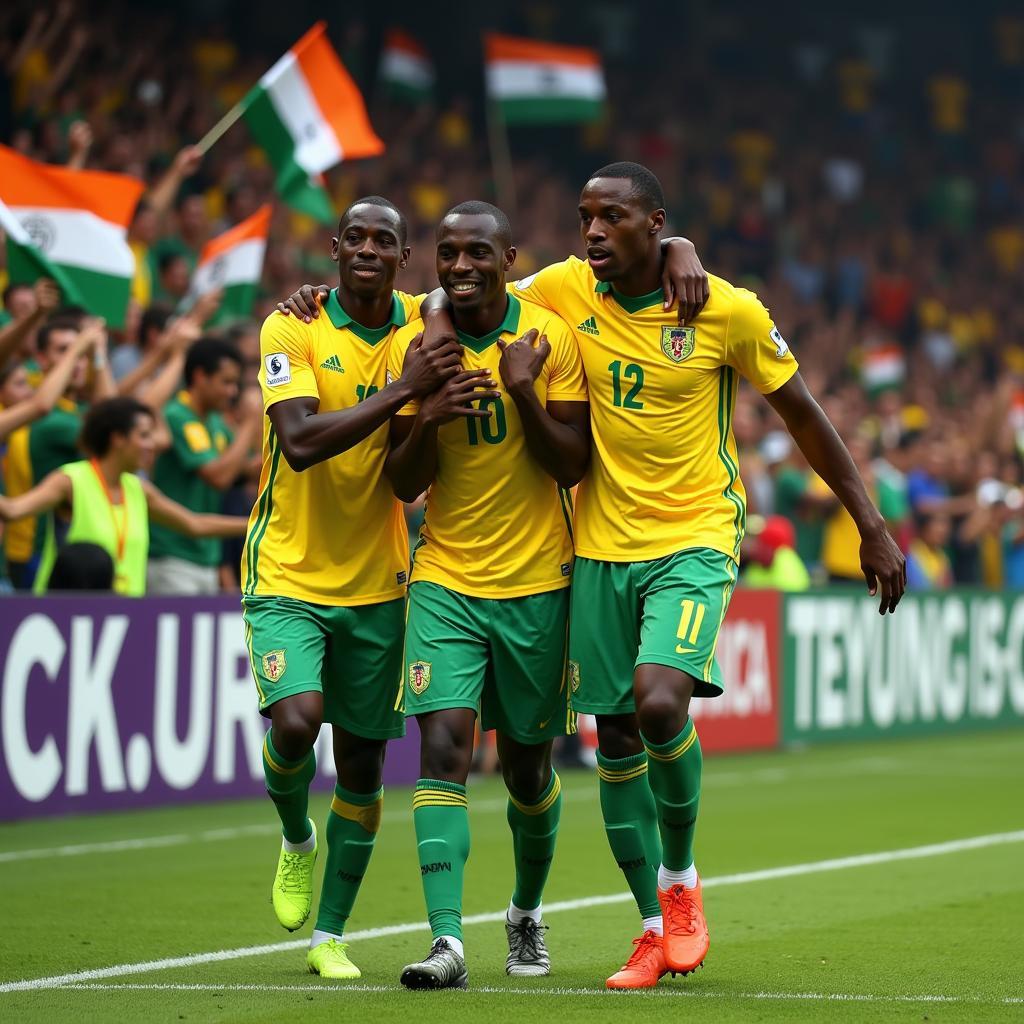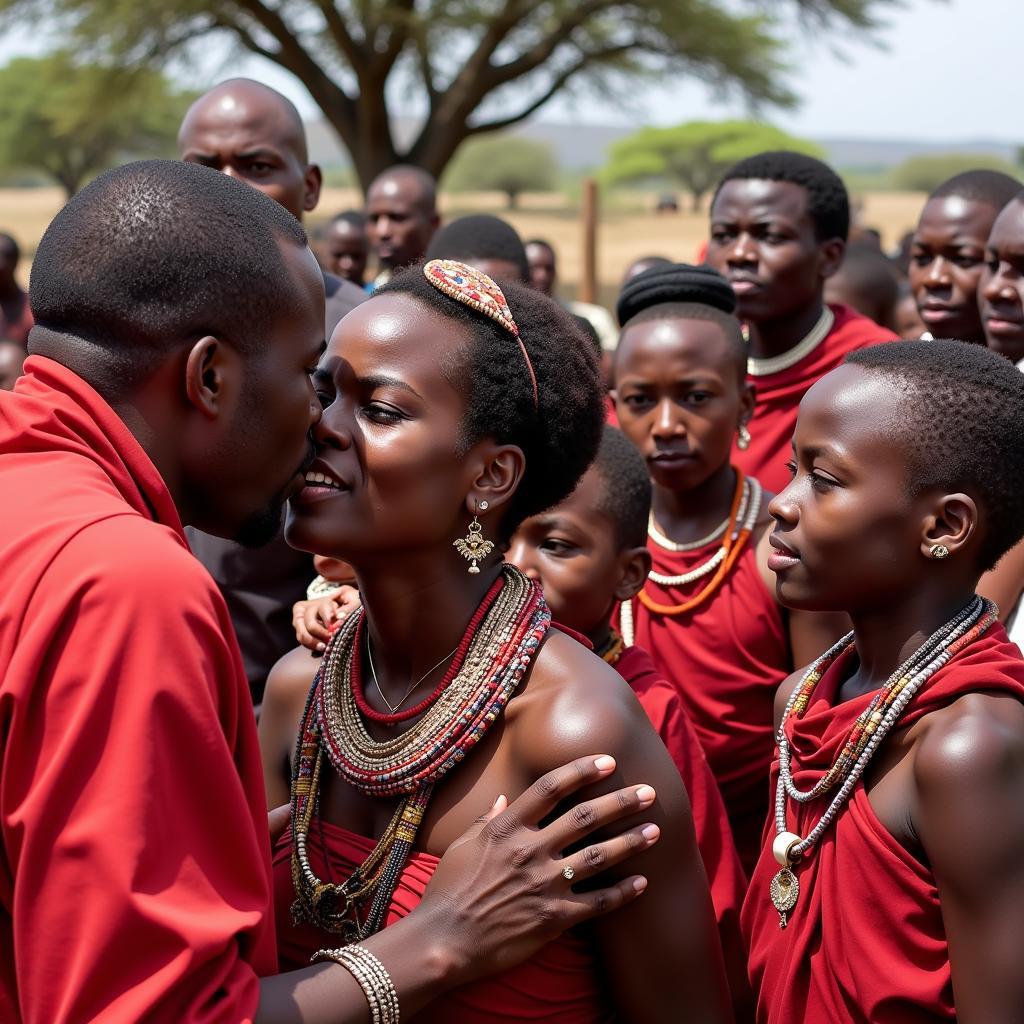Grooving to the Rhythm: Exploring African American Dances of the 70s
African American dances of the 70s were a vibrant expression of culture, reflecting the social and political changes of the era. From the soulful steps of the Hustle to the energetic moves of the Robot, these dances captivated a generation and continue to influence dance styles today. This era saw a shift from partner dances to more individualistic expressions, paving the way for the diverse dance forms we see now.
The Soul Train Line and the Rise of Social Dance
The 1970s witnessed a blossoming of social dance within the African American community. Shows like Soul Train provided a national platform for showcasing these evolving styles, cementing their place in popular culture. The iconic Soul Train line, with its improvisational moves and energetic atmosphere, became a symbol of the era. It allowed individuals to express their unique style while participating in a communal dance experience. This sense of community fostered creativity and innovation, leading to the development of new moves and variations.
The Hustle, with its partner-based structure and intricate footwork, gained immense popularity during this period. Its smooth, flowing movements were a stark contrast to some of the more frenetic dances of the era, offering a sense of elegance and sophistication. Different variations of the Hustle emerged, demonstrating the dance’s adaptability and widespread appeal.
Locking, Popping, and the Dawn of Street Dance
Alongside social dances, the 70s also marked the rise of street dance styles like Locking and Popping. These funk-infused dances, originating in California, emphasized precise movements and rhythmic contractions. Locking, characterized by its distinct locking and pointing motions, was created by Don Campbell, known as “Campbellocking.” Popping, with its quick, popping movements of the muscles, added another dimension to the evolving street dance scene. These innovative styles laid the groundwork for future street dance forms like breakdancing and hip-hop dance.
Dr. Anika Johnson, a renowned dance historian, notes, “The 70s were a pivotal time for dance. We saw a fusion of established social dances with emerging street styles, creating a dynamic and diverse landscape.”
The Influence of Music and Culture on African American Dances of the 70s
The music of the 70s played a crucial role in shaping the dance styles of the era. Funk, soul, and disco provided the rhythmic backdrop for these evolving movements. James Brown’s infectious rhythms inspired countless dancers, while the pulsating beats of disco fueled the energy of the Hustle and other social dances. The music and the dances were inextricably linked, reflecting the cultural and social shifts of the time. The rise of Black consciousness and the ongoing struggle for civil rights found expression in the music and dance of the era, serving as a powerful form of self-expression and cultural affirmation.
What were the most popular African American dances of the 70s?
The Hustle, the Soul Train Line, Locking, and Popping were among the most popular dances.
From Disco to the Robot: Embracing Innovation
The disco era brought with it a wave of new dance styles, including the Robot. This innovative dance, characterized by its robotic, jerky movements, captured the futuristic spirit of the time. While not exclusively an African American dance, it gained popularity within the community and became a staple on Soul Train.
Professor Kwame Asante, an expert in African American cultural studies, observes, “The dances of the 70s reflected the spirit of innovation and experimentation that permeated the era. They were a testament to the creativity and resilience of the African American community.”
The Legacy of 70s Dance
African American dances of the 70s left an indelible mark on the world of dance. They influenced subsequent styles, from hip-hop to contemporary dance, and continue to be celebrated and reinterpreted today. The legacy of these dances lies not only in their innovative movements but also in their reflection of a dynamic period of cultural and social change. These dances offer a glimpse into the past, reminding us of the power of movement to express identity, community, and the spirit of an era.
In conclusion, African American dances of the 70s were a vibrant tapestry of social, street, and disco styles, reflecting the cultural and musical landscape of the time. From the Soul Train line to the Robot, these dances captured the energy and innovation of a generation. Explore the rich history of these dances and discover the lasting impact they’ve had on the world of dance.
FAQ
-
What TV show helped popularize African American dances in the 70s? Soul Train played a key role in showcasing these dances.
-
Who created Locking? Don Campbell, also known as “Campbellocking,” is credited with creating this dance style.
-
What music genres influenced the dances of the 70s? Funk, soul, and disco were major influences.
-
Was the Robot exclusively an African American dance? No, but it gained significant popularity within the community.
-
What is the significance of the Soul Train line? It symbolized community and individual expression.
-
How did African American dances of the 70s impact later dance styles? They influenced hip-hop and contemporary dance, among others.
-
Where can I learn more about these dances? Numerous online resources and books offer in-depth information.
Need More Help?
For any questions or assistance, contact us:
Phone: +255768904061
Email: kaka.mag@gmail.com
Address: Mbarali DC Mawindi, Kangaga, Tanzania
We have a 24/7 customer support team.


